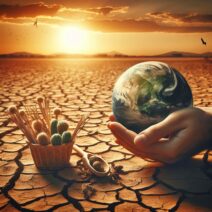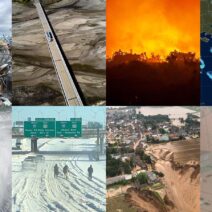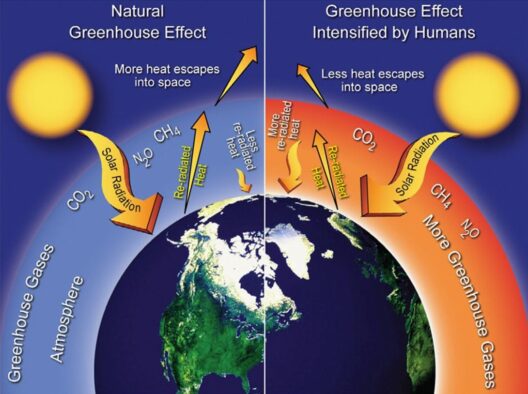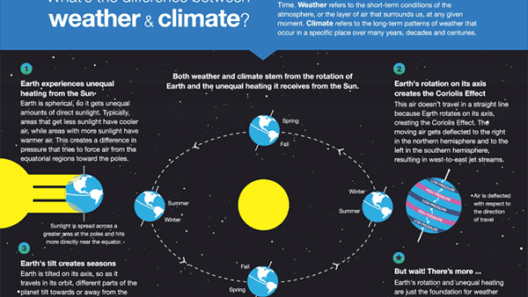The Dominican Republic is often heralded as a tropical paradise, drawing millions of visitors annually with its idyllic beaches, stunning landscapes, and vibrant culture. But beyond the superficial allure, lies a complex climate system that significantly influences not only the natural environment but also the human experience. Understanding the climate of this island nation is key to enhancing appreciation for its beauty and recognizing the necessity for environmental stewardship.
The climate of the Dominican Republic is predominantly classified as tropical maritime, characterized by warm temperatures and high humidity year-round. This classification is attributed to its geographical location within the Caribbean, specifically between the Tropic of Cancer and the Equator. Such positioning affords the island warm weather, with average temperatures hovering between 77°F (25°C) and 85°F (29°C), depending on the season and altitude.
One of the most compelling aspects of the Dominican climate is its seasonal variation, yet the changes may not be as pronounced as in temperate zones. The year is typically divided into two main seasons: the wet season and the dry season. The wet season generally spans from May to November, coinciding with the Atlantic hurricane season. During this timeframe, heavy rain and thunderstorms are commonplace, particularly in the afternoons and evenings. The dry season, from December to April, presents a stark contrast, featuring more stable weather, less rainfall, and an abundance of sunshine.
Importantly, while the dry months attract tourists seeking sun-soaked adventures, the wet season possesses its own unique charm. The vibrant ecosystems flourish during this period, enhancing the country’s flora and fauna. Lush landscapes bloom with colors not often seen, offering an extraordinary experience for nature enthusiasts. This contradiction within the climate illustrates a deeper theme of resilience, where life thrives in seemingly adverse conditions.
Within its climatic dialogue, the Dominican Republic also experiences microclimates that further influence local weather conditions. These microclimates arise from variations in topography, geography, and proximity to water bodies. Coastal areas tend to have more stable temperatures with cooling sea breezes, while highland regions, such as the Central Cordillera, can witness sharp temperature drops and increased precipitation. This variation creates an ecological richness, harboring diverse ecosystems ranging from arid scrubland to verdant mountains, each contributing uniquely to the biodiversity the island boasts.
Another notable element of the Dominican climate is the impact of trade winds. The northeast trade winds moderate temperatures, particularly along the northern coast, offering relief from the heat. This effect is notable in areas like Cabarete, known for its water sports, where consistent breezes attract adventurers from around the globe. However, these winds can also amplify the intensity of storm systems that develop during hurricane season, making it essential for local populations and visitors alike to remain vigilant during this time.
The fascination with the Dominican Republic’s climate extends beyond mere meteorological phenomena—it intertwines with human narratives and cultural practices. The rhythms of daily life, farming practices, and celebrations are often synchronized with climatic patterns. For instance, the notable importance of agriculture in the Dominican economy is heavily reliant on seasonal rains for crops like cacao and coffee. Understanding these seasonal shifts is vital for sustainable practices, ensuring that local farmers can adapt and thrive within their climatic confines.
In more recent years, however, the influence of climate change has been increasingly felt throughout the Dominican Republic. Rising global temperatures result in altered weather patterns, potentially leading to more frequent hurricanes and unpredictable rainfall. The implications are significant. The agricultural sector, a backbone of the Dominican economy, faces heightened vulnerabilities, challenging the livelihoods of numerous families. Furthermore, the impact on natural ecosystems threatens the biodiversity that has flourished for centuries, posing profound questions regarding conservation efforts and the protection of endemic species.
This connection between climate and culture brings forth a pertinent discussion on sustainability. As the allure of tourism generates revenue, it also necessitates a commitment to preserving the environment that draws visitors in the first place. Balancing economic growth with ecological protection becomes a pivotal challenge. Initiatives focused on eco-tourism have arisen, promoting responsible travel practices that align with preserving the island’s natural beauty while fostering respect and understanding of its climate systems.
The enigma of the Dominican Republic’s climate runs deeper than the archetypal descriptions of tropical warmth. It beckons exploration into local habits, seasonal changes, and ecological adaptations that reveal an intricate balance between nature and humanity. An appreciation for this multifaceted climate fosters a connection to the natural world, highlighting the urgency of addressing the impacts of climate change as we navigate our future.
Ultimately, the Dominican Republic’s climate serves as both a magnificent backdrop and a critical component of life on the island. It is a reminder of the impermanence of weather patterns, the resilience of life, and the indispensable role of conservation in this tropical paradise. As we admire its mesmerizing landscapes and rich culture, let us also cultivate a consciousness about our responsibility toward the environment that sustains us all.








